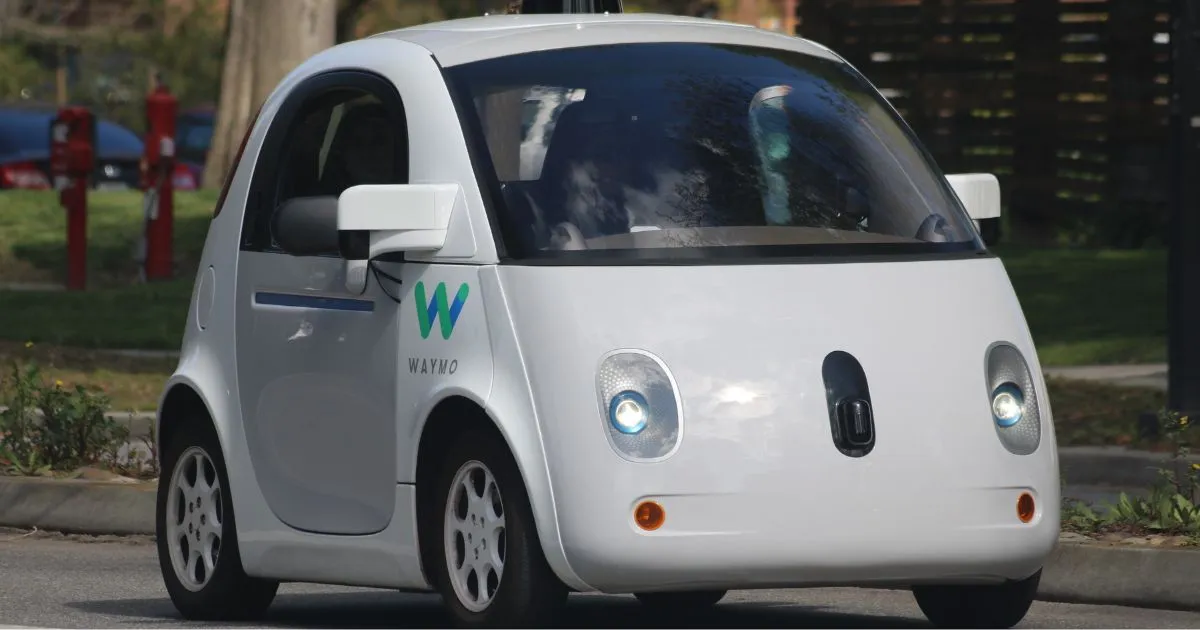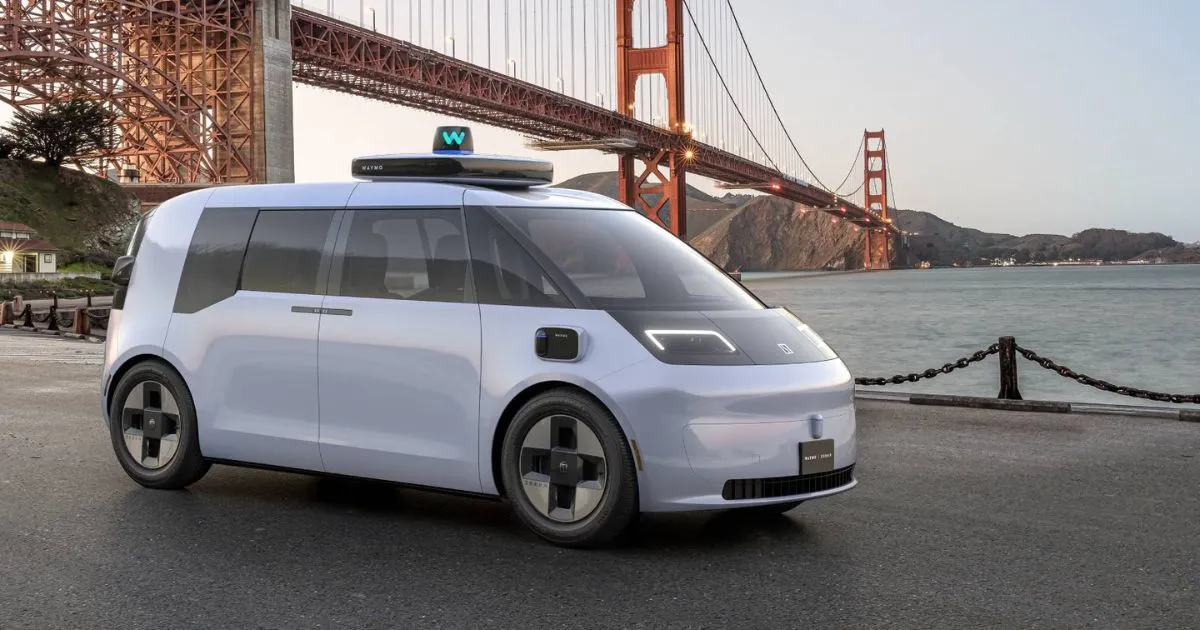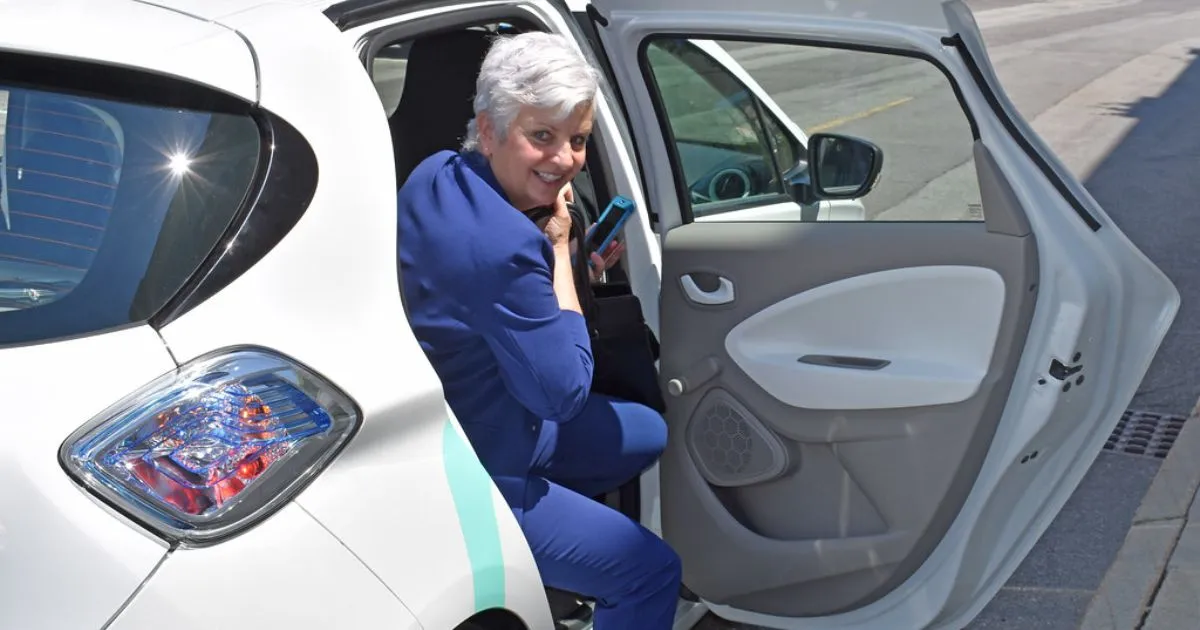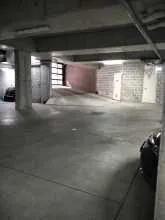How Shared Autonomous Vehicles Could Impact Parking Demand in Cities

The future of urban mobility is rapidly evolving, and one of the most transformative trends on the horizon is the rise of shared autonomous vehicles (SAVs). These vehicles, which combine the convenience of ride-sharing with the efficiency of self-driving technology, have the potential to fundamentally reshape our cities, particularly when it comes to parking demand and infrastructure. Understanding this impact is crucial for urban planners, policymakers, and anyone involved in the parking industry in Australia and beyond.
As we navigate this shift, it's essential to consider how SAVs might alter the landscape of our cities and the way we think about parking spaces and facilities. This article explores the potential impacts of SAVs on urban parking, drawing on expert insights, recent research, and real-world examples to paint a picture of what our cities might look like in the near future. Whether you're a city planner, a property developer, or simply a curious citizen, understanding these changes will be vital in preparing for the cities of tomorrow.
The Promise of Shared Autonomous Vehicles
SAVs promise to revolutionise urban transport by offering on-demand, door-to-door transportation without the need for individual car ownership. Imagine a fleet of self-driving vehicles that can be summoned via a mobile app, providing a seamless and affordable way to get around the city. This vision has the potential to reduce traffic congestion, lower transportation costs, and improve air quality.
According to a recent study published in the journal Sustainability, the convenience and efficiency of SAVs could significantly reduce the need for personal vehicle ownership. Many urban residents may choose to rely on SAVs for their transportation needs, eliminating the expense and hassle of owning a car.
As per The University of Sydney, "Beyond the domain of driverless cars, autonomous vehicle technology enables new applications, such as transport pods, delivery droids and maintenance robots." This highlights the diverse potential of autonomous vehicles in urban environments, extending their utility beyond personal transportation to various city services and logistics.

Reduced Parking Demand
One of the most significant impacts of SAVs will be a reduction in the demand for parking spaces and car parks. Because these vehicles can operate continuously, transporting passengers throughout the day, they will spend less time parked. Instead of sitting idle in parking lots or garages, SAVs can be constantly in motion, serving the transportation needs of multiple users.
A study by researchers at the University of Texas at Austin found that SAVs could potentially reduce parking demand by up to 90% for early adopters of the system, even at a low market penetration rate of 2%. This dramatic reduction in parking needs could have profound implications for urban planning and infrastructure development.
Cities may be able to repurpose existing parking infrastructure for other uses, such as green spaces, affordable housing, or community facilities. This would not only improve the quality of life for residents but also generate new revenue streams for local governments.
Optimising Parking Location and Design
Even with reduced demand, parking will still play a role in the future of urban mobility. However, the location and design of parking facilities and stations may need to be rethought to accommodate SAVs. For example, parking garages could be located on the outskirts of the city, serving as hubs for SAVs to pick up and drop off passengers. This would reduce traffic congestion in the city centre and make it easier for pedestrians and cyclists to get around.
Furthermore, parking facilities could be designed to be more flexible and adaptable, with the ability to be converted to other uses as demand for parking continues to decline. Future parking spaces will be designed for shared mobility, ensuring that cities are able to make the most of their existing infrastructure and avoid wasting valuable resources.

Impact on Parking Revenue
The shift to SAVs could also have a significant impact on parking revenue for both public and private operators. As demand for parking declines, parking facilities may need to lower their rates to attract customers, reducing their profitability. Cities may also need to find new sources of revenue to offset the loss of parking fees.
However, this change also presents opportunities. As Daniel Battaglia, author of Parking Made Easy: Making Life Easier, notes: "Cities will be able to implement congestion pricing schemes that charge drivers based on the time of day and location, incentivising the use of public transport or shared mobility options."
Public-private partnerships in parking could evolve to fund new urban mobility solutions, ensuring that cities can adapt to changing transportation needs while maintaining financial stability.
The Transition Period
The transition to a world dominated by SAVs is likely to be gradual, with a mix of privately owned vehicles and shared autonomous vehicles coexisting for many years. During this transition period, cities will need to carefully manage the supply and demand of parking, adjusting parking policies as needed to accommodate the changing transportation landscape.
This may involve implementing dynamic parking pricing, which adjusts rates based on demand, or creating designated parking zones for SAVs. It's important for parking operators to stay agile and adapt to these new technologies, ensuring that they can continue to meet the needs of both traditional drivers and SAV users.

Conclusion and Final Thoughts
Shared autonomous vehicles have the potential to fundamentally reshape our cities, particularly when it comes to parking demand and urban design. While the transition to a world dominated by SAVs is likely to be gradual, cities need to start planning now to ensure that they are able to reap the benefits of this transformative technology.
This includes rethinking parking policies, investing in alternative transportation options, and engaging the public in the decision-making process. By taking these steps, cities can create more sustainable, liveable, and economically vibrant urban environments for all.
We encourage you to share your thoughts on how SAVs might impact parking in your city. Leave a comment below or sign up for free to join the conversation and stay updated on the latest developments in urban parking solutions.
**Daniel Battaglia, Parking Made Easy:** As part of the Parking Made Easy team with the assistance of Generative AI, Daniel Battaglia offers his experience in the car parking industry. He is dedicated to providing valuable information and resources to help you make smart parking choices and has been widely quoted in national media outlets. Connect with Daniel directly at daniel@parkingmadeeasy.com.au for further assistance.



